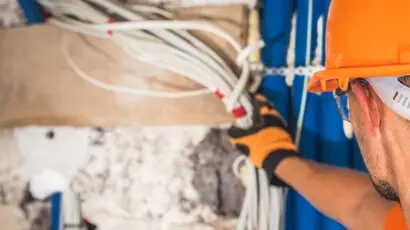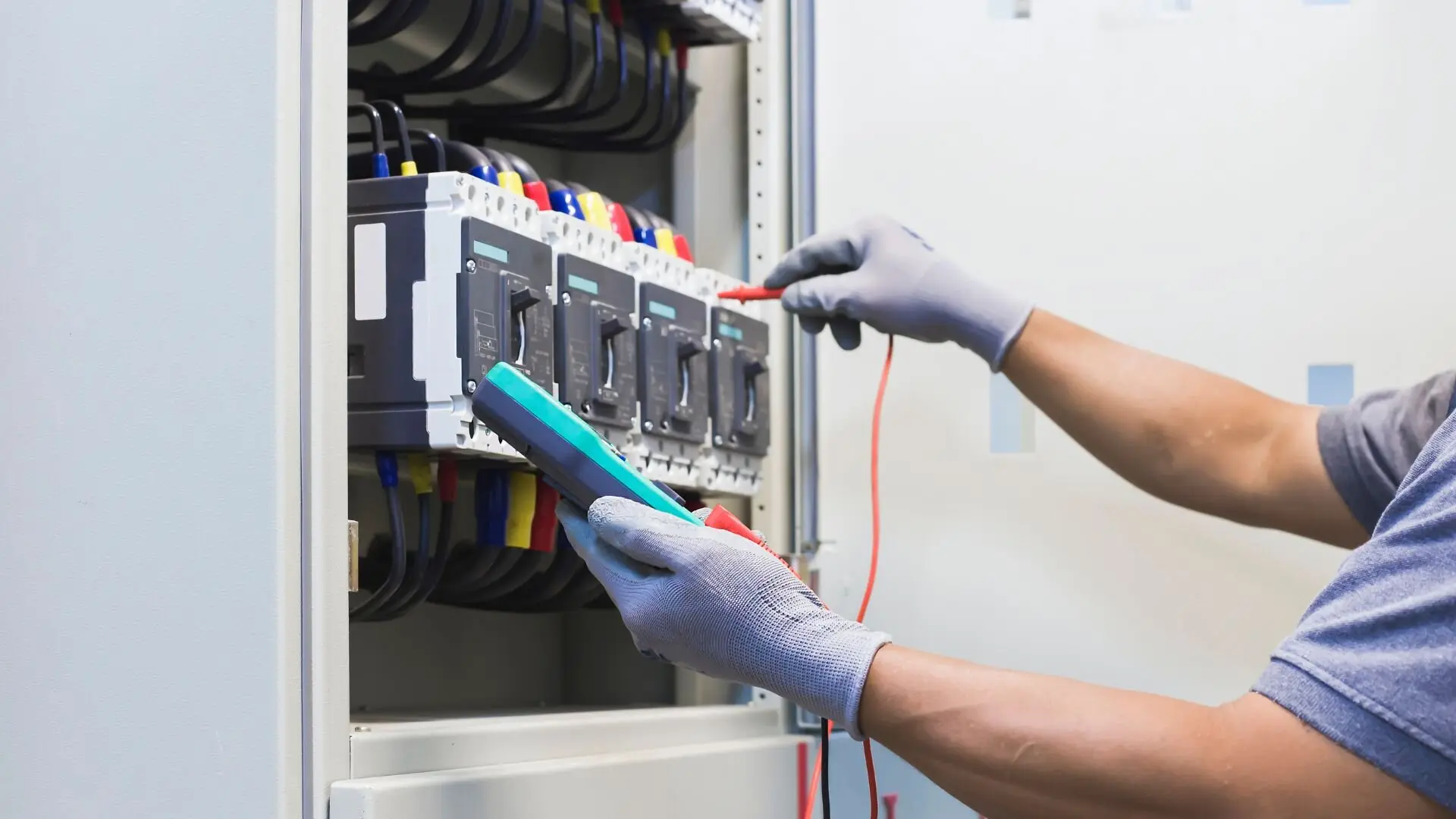
Get your free Melbourne Electrician quote today!
Our team of Melbourne Electricians is here to help you with any questions or concerns you may have. We’re committed to providing you with the best possible service and support.
Electrical installations can pose unexpected fire risks if not properly assessed. This guide covers key hazards and offers practical tips to keep your property safe from potential electrical fires. Learn how to spot warning signs and implement crucial safety measures.
Electrical fires are increasingly becoming a worry for both homes and businesses, posing real threats to both life and property. A report from the South Australian Metropolitan Fire Service highlights that overloaded circuits, faulty gear, and improper use of devices frequently cause home fires.
This alarming trend highlights the need to nip the causes of electrical fires in the bud before they become disasters. As our reliance on electrical devices grows, so does the fire risk, making it vital for property owners and managers to keep up with regular fire hazard checks.
What Constitutes a Fire Hazard in Electrical Installations?
Electrical fires are a serious concern in any workplace or residence. Understanding the potential fire hazards in electrical installations is crucial for ensuring electrical safety, health safety, and compliance with the Electrical Safety Act.

Regular Maintenance
Consistent maintenance of electrical systems is crucial. Schedule regular inspections and testing to identify and rectify potential hazards, such as faulty wiring or overloaded circuits, before they escalate into serious issues.
Correct Load Management
Properly distribute electrical loads across circuits to prevent overloading, which is a common cause of electrical fires. Ensure that each circuit is operating within its designed capacity by balancing the load and avoiding the use of too many high-power devices on a single circuit.
Professional Installation
Always hire licensed electricians for any electrical work, whether it’s a new installation, repair, or upgrade. Professional installation ensures that all work complies with safety standards and reduces the risk of fire hazards due to improper wiring or connections.
Use of Proper Equipment
Only use certified, high-quality electrical components and equipment that meet Australian Standards. Avoid cheap or counterfeit products, as they may not provide adequate protection and could increase the risk of electrical fires.
Secure Your Property with Expert Fire Hazard Assessments
Prioritising fire safety in your property is essential to protecting both lives and assets. Regular fire hazard assessments are a critical step in identifying and mitigating potential risks before they escalate into dangerous situations. Don’t wait for a crisis to take action—proactive assessments can save lives and prevent costly damage.
At WP Electrical, we specialise in comprehensive Testing and Safety Inspections to ensure your electrical installations are safe and compliant. Our team of licensed professionals conducts thorough assessments, identifying any vulnerabilities in your system and recommending the necessary corrective measures. Whether you own a residential property or manage a commercial building, our expert services are designed to provide you with peace of mind and the assurance that your property is secure.
Don’t leave fire safety to chance. Contact WP Electrical today to schedule your expert fire hazard assessment. By taking this important step now, you are investing in the safety and security of your property and the people within it. Remember, proactive assessments are not just a precaution—they are a crucial investment in the future safety of your property.
Published by: Pascal Harb17 October 2025